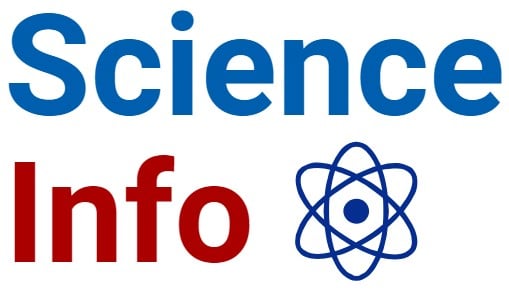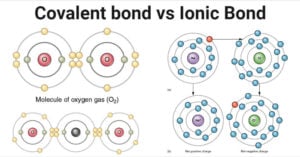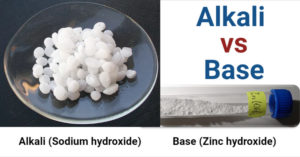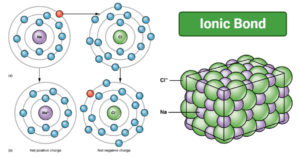Covalent vs Ionic Bond- Definition, 11 Key Differences, Examples
Covalent bond Definition A covalent bond is a type of chemical bonding resulting from the mutual sharing of electrons between two atoms of the same or different elements. The bond … Read more



